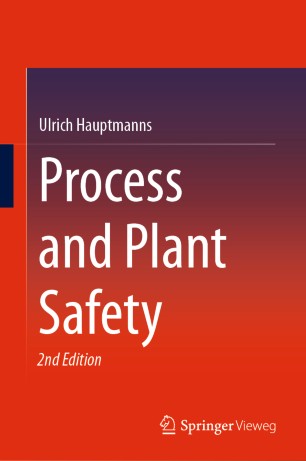

Most ebook files are in PDF format, so you can easily read them using various software such as Foxit Reader or directly on the Google Chrome browser.
Some ebook files are released by publishers in other formats such as .awz, .mobi, .epub, .fb2, etc. You may need to install specific software to read these formats on mobile/PC, such as Calibre.
Please read the tutorial at this link: https://ebookbell.com/faq
We offer FREE conversion to the popular formats you request; however, this may take some time. Therefore, right after payment, please email us, and we will try to provide the service as quickly as possible.
For some exceptional file formats or broken links (if any), please refrain from opening any disputes. Instead, email us first, and we will try to assist within a maximum of 6 hours.
EbookBell Team

4.8
74 reviewsAccidents in industrial installations are random events. Hence they cannot be totally avoided. Only the probability of their occurrence may be reduced and their consequences be mitigated. The book proceeds from hazards caused by materials and process conditions to indicating engineered and organizational measures for achieving the objectives of reduction and mitigation. Qualitative methods for identifying weaknesses of design and increasing safety as well as models for assessing accident consequences are presented. The quantitative assessment of the effectiveness of safety measures is explained. The treatment of uncertainties plays a role there. They stem from the random character of the accident and from lacks of knowledge of some of the phenomena to be addressed. The reader is acquainted with the simulation of accidents, with safety and risk analyses and learns how to judge the potential and limitations of mathematical modelling. Risk analysis is applied amongst others to “functional safety” and the determination of “appropriate distances” between industry and residential areas (land-use planning). This shows how it can be used as a basis for safety-relevant decisions. Numerous worked-out examples and case studies addressing real plants and situations deepen the understanding of the subjects treated and support self-study.